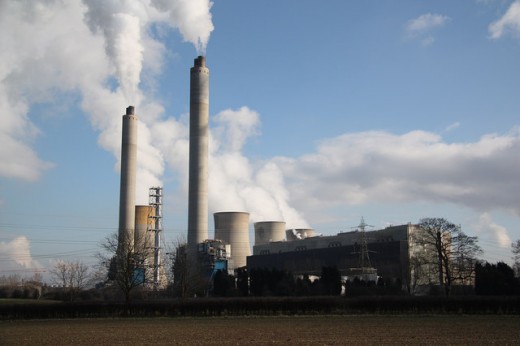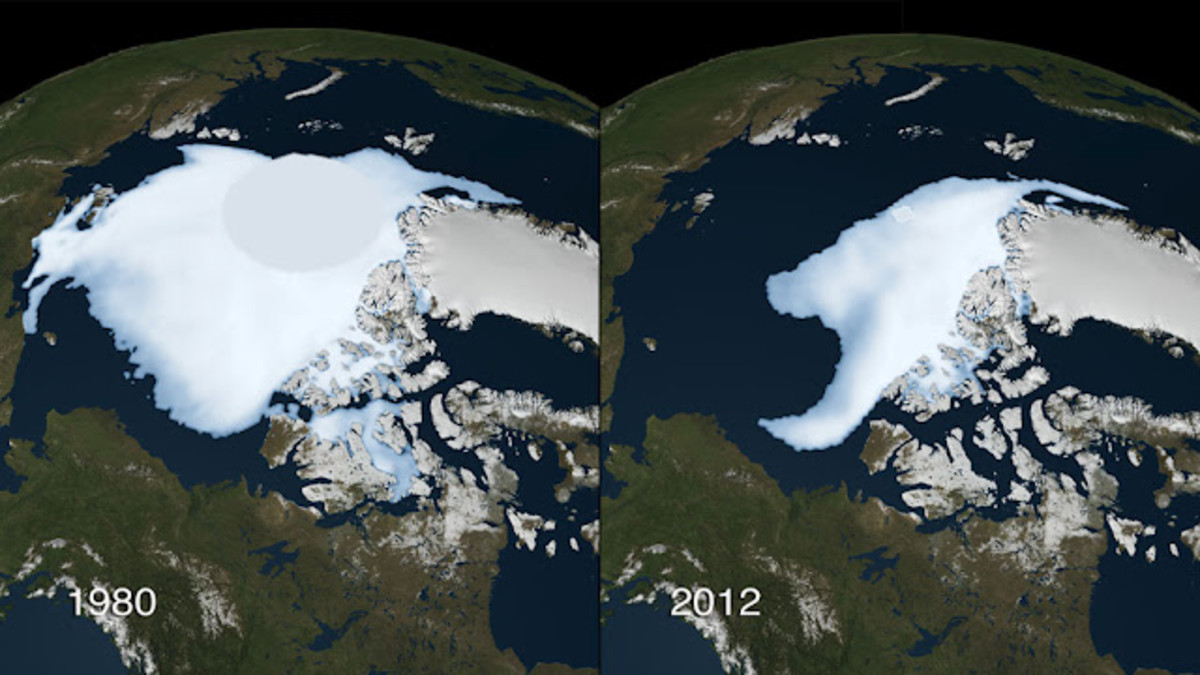Zero Waste and Zero Emissions: Sustainable Resource Management

As the world’s population explodes exponentially, so to does our use of Earth’s precious natural resources. It is a fact that our natural resources are not infinite. We will eventually run out of oil, wood, clean water, and other resources if something isn’t done to curtail our out of control consumption. The concept of scarcity explains it very simply; our demands are infinite while our supply is not. So when we talk about sustainability, we are really talking about managing the use of our scarce resources in such a way that the future population can enjoy the same standard of living that we do today. True sustainability is equal to a zero emissions and a zero waste (Z-Squared) approach to the use of our natural resources [Eco-Cycle].
Zero Emissions
The concept of zero emissions means that the net outflow of emissions from a given system is zero. That is to say there are no negative impacts (from pollutants) to the environment creating by that system. The term emissions, as used here, is most often a reference to those nasty greenhouse gasses. In particular, we are talking about carbon dioxide. In terms of a system, this is defined as any man made process such as a manufacturing process or power generation.

A great example of a zero emissions system is a new type of power plant that uses solid oxide fuel cells to convert natural gas into water and near pure carbon dioxide without actually burning it [Kraemer]. Another proposed method for power generation uses a series modified gas turbines to combust natural gas into water and carbon dioxide gas [Clean Energy Systems]. In both of these systems, the carbon dioxide is either sequestered or put to other uses. It must be noted here that almost all current and proposed methods to reach zero, or even negative, emissions includes the use of some form of carbon capture and storage (carbon sequestration).
Zero Waste
The concept of zero waste means that our manufacturing, delivery, and production processes use resources efficiently enough to prevent any material from entering a landfill. A zero waste process is also sometimes called a zero landfill process. Process managers, industrial engineers, and product designers must carefully choose the materials and methods that are used to create a product. All of the leftover materials generated from a production line must somehow be recycled or reused to prevent them from becoming part of a permanent waste pile. This includes thinking about the type, amount, and configuration of the product's packaging. Improvements in all of these areas can greatly decrease a system's waste and eventually bring it down to zero.
The idea of creating a manufacturing process or system that has a net waste of zero is not a new one. In fact, many great strides in this concept have already been made. This can most clearly be seen in today's automobile industry. For example, over the past ten years, the Honda Motor Corporation has reduced the amount of waste being sent to a landfill by over 97% for its North American manufacturing plants. Ten out of their fourteen facilities have already completed the zero waste objective. This is a major accomplishment for the automotive industry! It is even more interesting to note that they have done this without increasing the costs to the consumer.

Z-Squared
When you combine the concepts of zero waste and zero emissions, the result is a truly sustainable way to manage our resources. Every person in this world has an important role to play in this. As a consumer, we a have choice on which products we buy and which companies we support. Sustainability is really in the hands of consumers, not the mega corporations or even big government. The best kind of vote is one made with a dollar bill; so be sure to think about what you are actually saying to the world when you make that purchase. As a voter, we also have the power to bring in the people necessary to make z-squared sustainability a reality. And finally, as business owners in the front lines of a consumer driven world, we have the responsibility of making this concept a reality. It is this kind of thinking that will ensure that our future children will have enough food to eat, fuel to burn, and materials to build with.
References & Resources:
Clean Energy Systems. Adapting Gas Turbines to Zero Emission Oxy-Fuel Power Plants. 2008. <http://www.cleanenergysystems.com/technical_papers/Adapting%20Gas%20Turbines%20to%20Zero%20Emission%20Oxy,%20Final.pdf>
Eco-Cycle. Eco-Cycle’s Ten Reasons to Recycle. 2006 <http://www.ecocycle.org/tidbits/ecocycletenreasons.pdf>
El-Hasan, Muhammed. 10 North American Honda Plants Reach Zero Waste Goal. July 14, 2011 <http://www.dailybreeze.com/ci_18479959>
International Sustainable Development Foundation. Zero Waste Alliance. March 2011. <http://www.zerowaste.org/>
Kraemer, Susan. A Zero Emissions Natural Gas Plant? Scientific American. February 16, 2010. <http://www.scientificamerican.com/article.cfm?id=a-zero-emissions-natural-gas-plant-2010-02>





